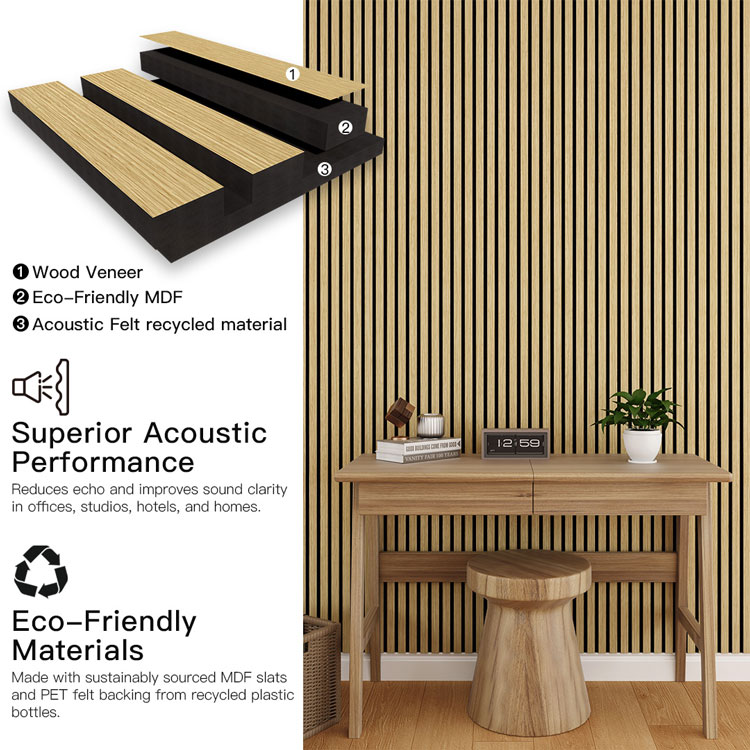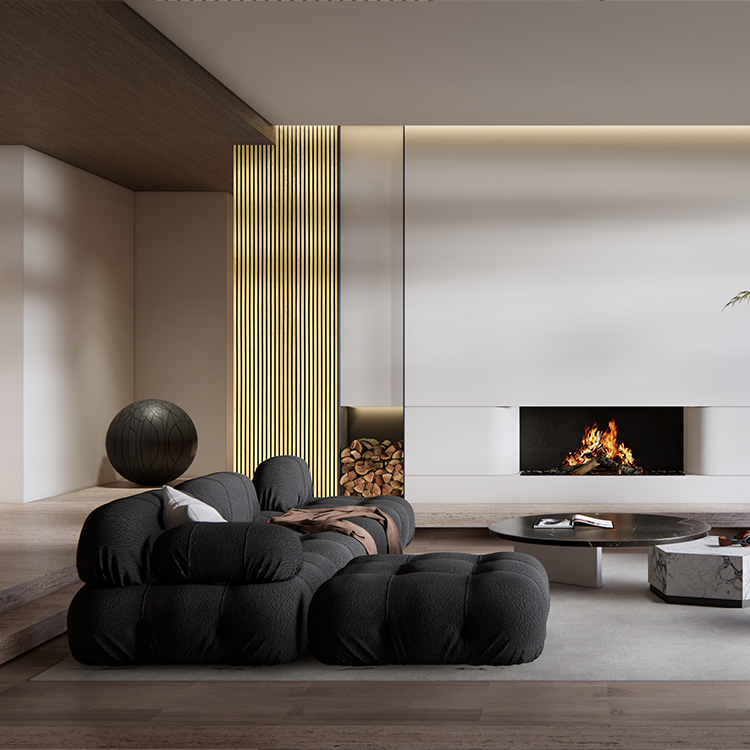Do Acoustic Panels Need Air Gaps?
When it comes to improving room acoustics, acoustic panels are one of the most effective solutions. They absorb sound waves, reduce echoes, and create a more comfortable listening environment. But one question often comes up: Do acoustic panels need air gaps to work effectively?
In this article, we’ll explain the role of air gaps, when they’re beneficial, and why professional-quality panels—like those from Guangdong Leeyin Acoustics—are engineered to deliver outstanding results whether installed directly or with spacing.
What is an Air Gap in Acoustic Treatment?
An air gap is the space left between the back of an acoustic panel and the wall surface. Instead of mounting panels flush against the wall, some installations leave a small gap (typically 1–4 inches).
The idea is that sound waves penetrate the panel, then interact with the gap, increasing absorption—especially in lower frequency ranges.
Do You Really Need Air Gaps?
The answer depends on your goals and room type:
-
For Maximum Absorption Efficiency
Leaving an air gap can improve absorption at lower frequencies. For example, a 2-inch-thick panel with a 2-inch air gap may perform closer to a 4-inch panel mounted directly on the wall. -
For Space-Conscious Installations
If room space is limited or you prefer a sleek look, panels can still perform very well without air gaps—especially if you use thicker acoustic panels. -
For Professional Studios
Studios and high-performance spaces often benefit from air gaps because they provide more balanced absorption across frequencies.
Benefits of Using Acoustic Panels with or without Air Gaps
-
With Air Gaps:
-
Enhanced low-frequency absorption
-
Better overall sound balance
-
Ideal for music studios and theaters
-
-
Without Air Gaps:
-
Clean, flush-mounted look
-
Saves space in smaller rooms
-
Still highly effective for mid and high frequencies
-
Why Choose Guangdong Leeyin Acoustics Panels
At Guangdong Leeyin Acoustics, we design wood slat wall panels and acoustic panels that deliver superior sound control in any space. Whether you install them directly on the wall or with an air gap, our products ensure excellent performance.
-
Strong Production Capacity: 20,000㎡ modern facility with advanced manufacturing equipment.
-
Strict Quality Management: All products meet international standards such as E0 MDF, PET recyclability, and FSC compliance.
-
Global Leadership: One of China’s leading exporters of wood slat wall panels, trusted worldwide.
-
Stylish & Functional: Panels that combine sound absorption with modern aesthetics, making them perfect for homes, offices, and studios.







